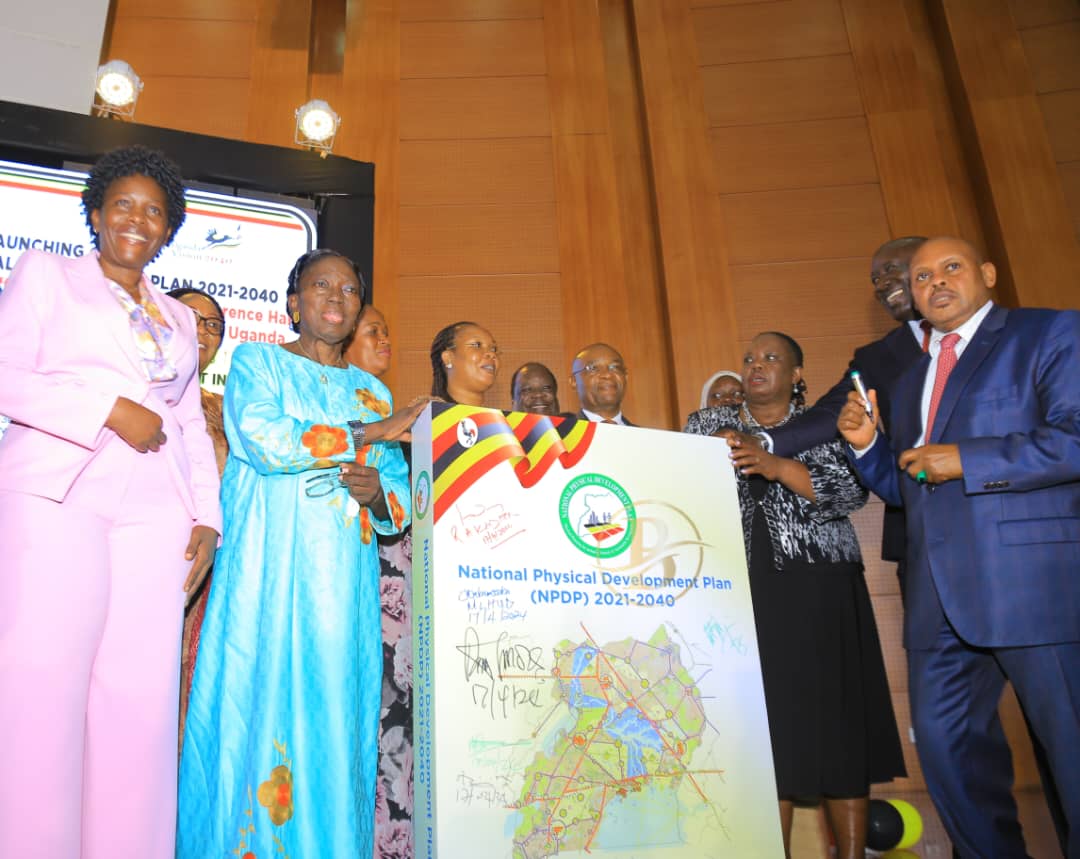Uganda’s Life Expectancy now stands at 63 Years
In Uganda, if President Museveni says he is still young, strong and energetic, some people disprove. The World Health Organization (WHO) has proved it beyond reasonable doubts that Ugandan life expectancy now stands at 63 years.
This shows that the NRM government is making strides in developing the health sector and the country at large. In the 2000 WHO report, the average life expectancy of Ugandan was 47 years. Today, we are standing at 63 years.
Keep Reading
Research further shows that an average Ugandan now lives four years older than they lived two years ago and that Ugandan women live longer than men by four years because women practice good health behaviors than men.
For us to consolidate this and move on as a country, the government has subsequently improved the budget for the Ministry of health from 6.7% to now 7.1%. This means that, with all the factors constant, the Ugandan government is working proactively to raise the life expectancy rate of Ugandans.
According to the available records, the gap in life expectancy between Africa and the rest of the world has narrowed by five years. Worldwide, Hong Kong and Japan top the list of countries with higher life expectancy standing at 84%.
What is Uganda doing to raise the life expectancy of her citizens?.
Uganda has made great strides in reducing maternal mortality, improving access to family planning services and reducing infant mortality, improved immunization coverage; malaria control, prevention of HIV/Aids, provision of safe and clean water, sanitation and overall socio-economic development.
The government has also embarked on countrywide advocacy and sensitization. Malaria which used to be the number one killer in Uganda has reduced from 52% in 2009 to 17% in 2018. This means that malaria deaths have also reduced from 10,500 to 3000.
100% of children are immunized against the 13 killer diseases and many projects have been introduced making it possible for the higher life expectancy in the country to rise up.
In liaison with the NRM 2016 manifesto, the government is currently working to upgrade all health center II’s countrywide to health center III’s so they can handle general admissions and provide maternity services at Sub County level.
In 2012, 83% of Ugandans had access to health services within a radius of 5kms but as of now, 86% have access to healthcare services within a distance of 5Kms. Uganda has already set herself as a global example.
However, the remaining percentage of 14%, especially in the regions of Acholi, Karamoja, Tooro, and Kigezi, move for over 5kms to access healthcare services. The government is not sleeping about this.
Currently, the country has a total of 6,937 health facilities. Of that, 3,133 are government-owned constituting 45.16% while 2,976 (40.31) are privately owned for profits and 1,008 (14.53%) are private but none profitable. These private facilities supplement government efforts in extending health quality services to all pro-motive, preventive, curative, palliative and rehabilitative health services at all levels translating to improved life expectancy in the country.
In terms of HIV prevention and treatment, records show that a total of 2,135 health facilities are accredited to offer ART services countrywide. This has improved ART coverage among adults and children living positively from 73% (1,028,909/1,402,628) in 2016/17 and 61.4% (898,197/1,461,744) in 2015/16 to now 1,140,110 (86%). With the current trend, the country is on the right track to achieve the 90-90-90 strategy by 2030.
The number of health workers per 1,000 populations in Uganda is still far below the WHO threshold of 2.5 medical staff (doctors, nurses, and midwives) per 1,000 populations but the government is doing her best to ensure that, we attain international standards.
I want to commend the ministry of health under the leadership of Minister, Dr. Ruth Aceng and PS, Diana Atwine for their outstanding performance in the sector despite the existing challenges. Staffing levels of 74% in the F/Y 2017/18 have gone to 80%. So, as concerned Ugandans, we need to take our health seriously and heed to advise from medical professionals so as to improve our life expectancy.
The writer is a Communications Assistant at Government Citizen Interaction Centre (GCIC), Ministry of ICT and National Guidance.












